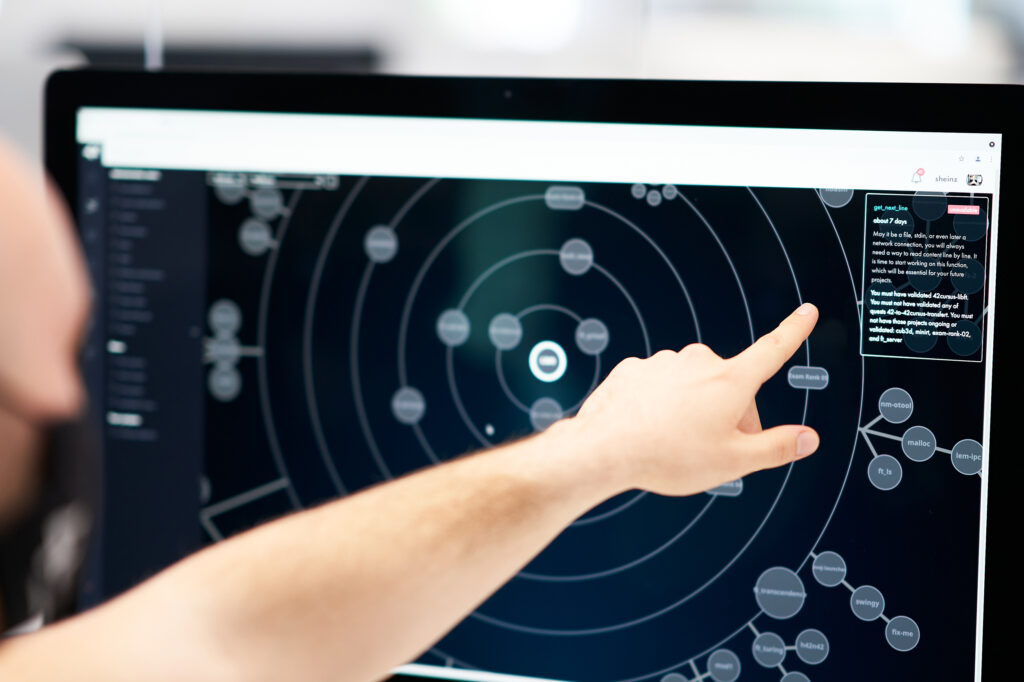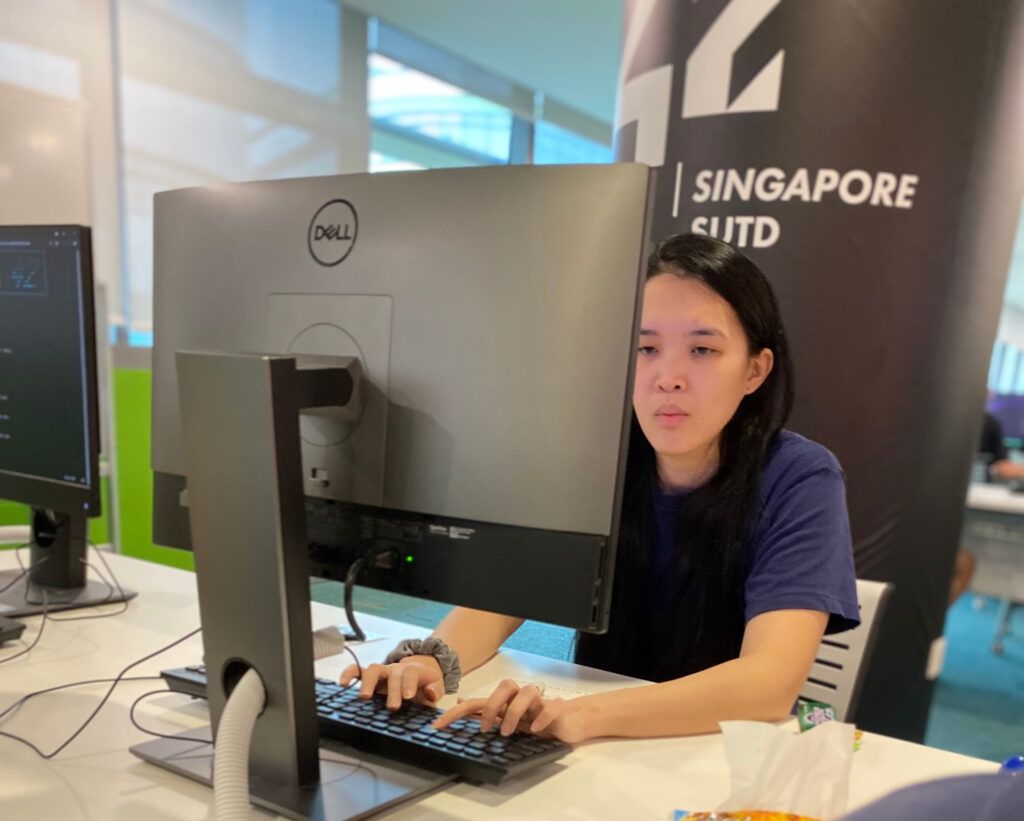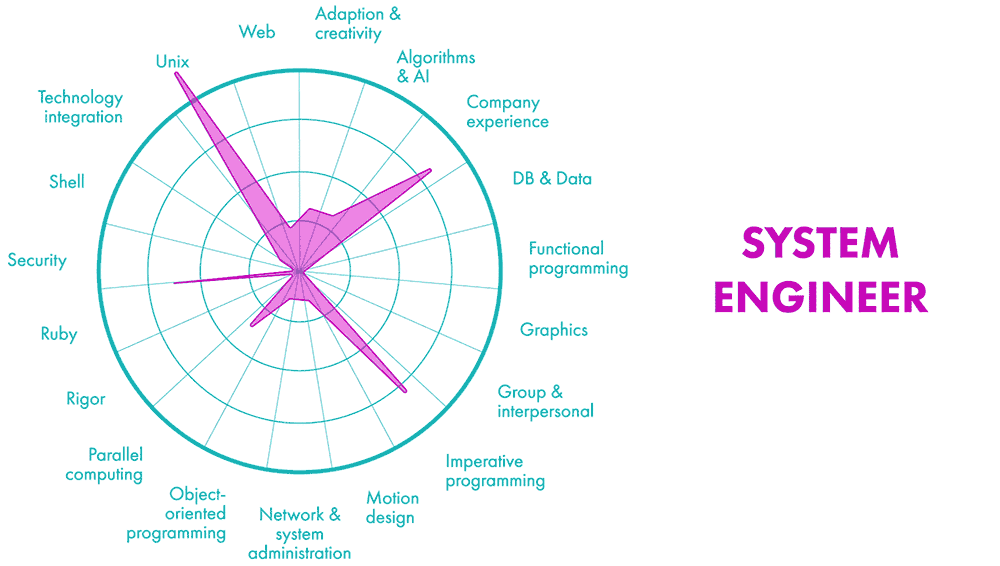
The Source Code
At 42, we believe in both differentiation and inclusivity. Rather than theoretical education, the education model emphasises project-based learning and teamwork. Our goal is to empower the next generation of ICT professionals by incorporating the most recent educational innovations.

WHY LEARNING TO LEARN?
How can you create the world of tomorrow with technologies from the past? At 42, you learn to learn. Rather than learning specific trendy languages, the curriculum at 42 helps you understand and tackle any kind of language. Any training solely based on one specific language is bound to quickly become obsolete. The programming languages you learn at 42 help you learn concepts that you can use everywhere else.
FLEXIBLE CURRICULUM
Not everyone learns at the same pace, so why impose any? At 42, the programme doesn’t follow any administrative or school calendar. The curriculum is split in two parts: First, the common core which broadly covers all topics of computer programming and must be completed in a maximum of 18 months. The second part is the Mastery where students specialise in the field of their choice. This part is fully self-paced and can take longer to complete, depending on your specialisation.
THE CORE
The 18-month period during Core curriculum allows students to learn at their own pace and provides flexibility for those who need to work at the same time. On the other hand, students are required to be disciplined to complete the Core within the period.
FREEZE
If unexpected situations in life occurs, students have a tool called ‘anti-gravity unit’ to freeze their learning. This helps them take a break in the curriculum (up to three times, for a total of no longer than 6 months) to deal with these situations.
THE MASTERY
After the core curriculum, students could join the workforce, venture into their own start-ups, or do professional internships while pursuing the Mastery. We will let you decide and choose to end your training to become Alumni. You be the Master of your own destiny.
